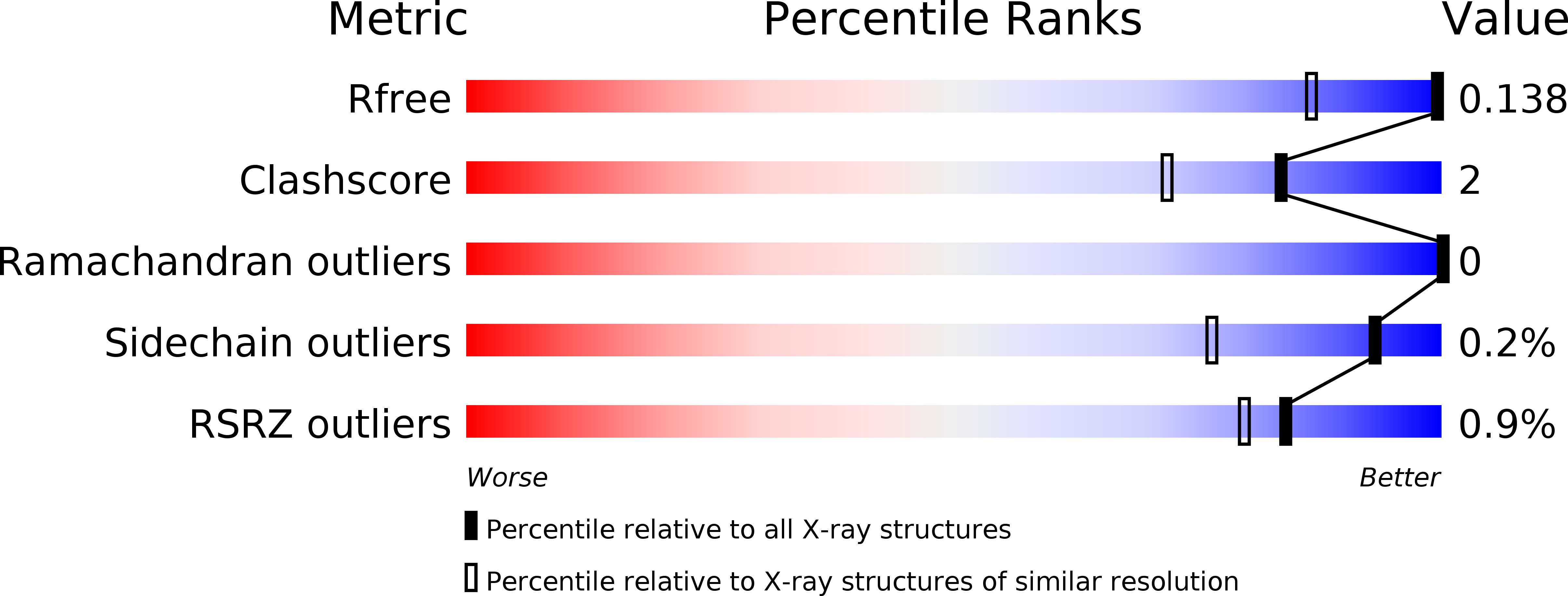
Deposition Date
2019-05-21
Release Date
2019-07-31
Last Version Date
2023-10-11
Entry Detail
PDB ID:
6P2L
Keywords:
Title:
Crystal structure of Niastella koreensis GH74 (NkGH74) enzyme
Biological Source:
Source Organism:
Host Organism:
Method Details:
Experimental Method:
Resolution:
1.08 Å
R-Value Free:
0.13
R-Value Work:
0.11
R-Value Observed:
0.11
Space Group:
P 2 21 21


